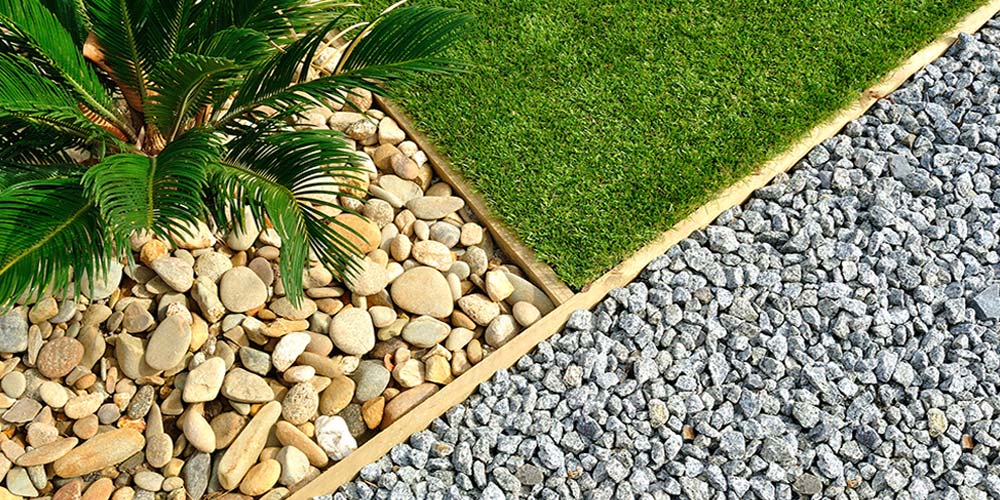Embracing Simplicity: The Essence of Minimalist Landscaping In the world of landscaping, the minimalist approach is gaining popularity for its...
June 27, 2025





